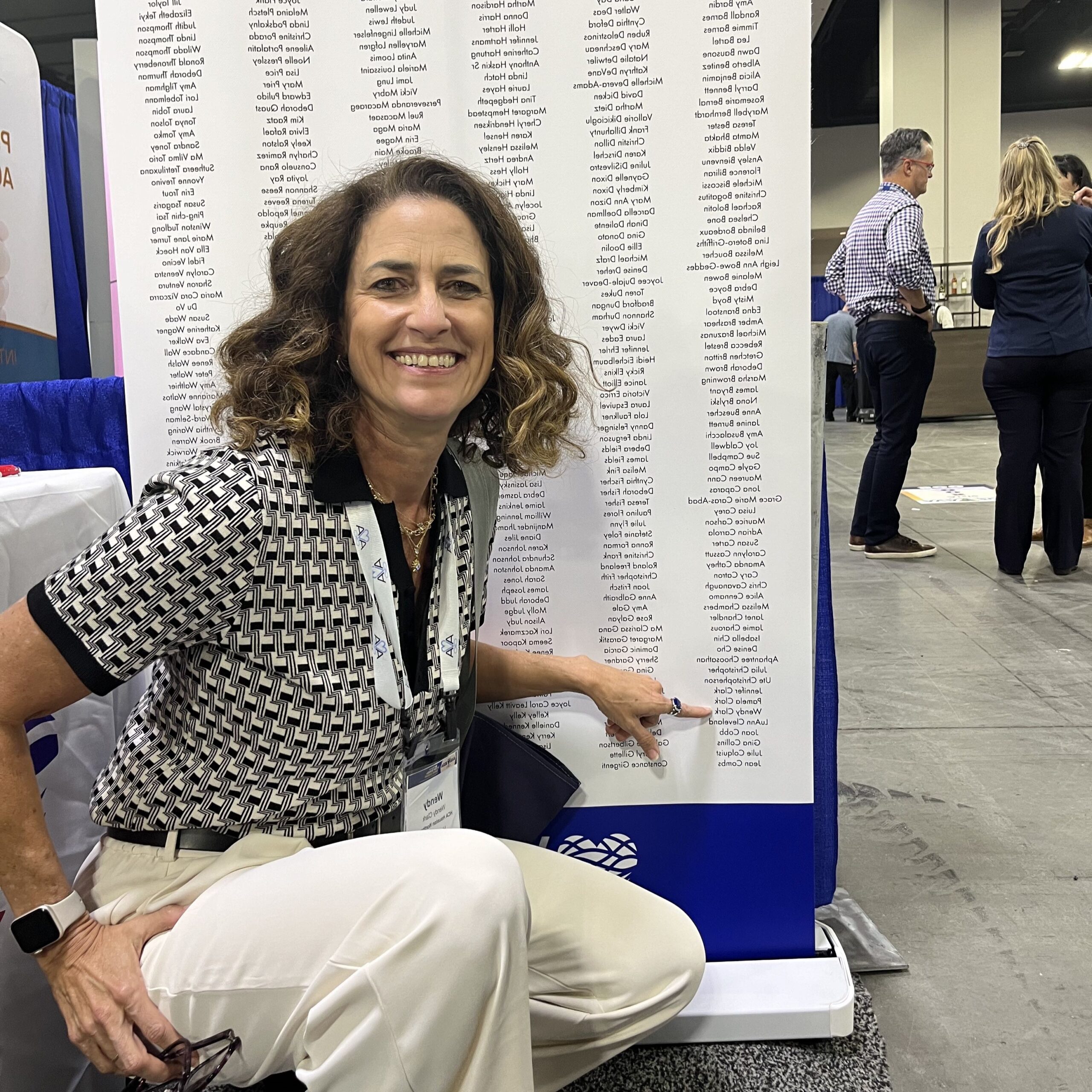
After completing a degree or certification, many health care professionals take pride in adding credentials like “RRT,” “RN,” “PA-C” or “MD” to their name. Keegan Mahoney, BS, RRT, VA-BC™, however, raises the question: What if some of those credentials are not as important as we think when it comes to the practice of vascular access?
Certainly, education should be celebrated and clinicians recognized for their skills and additional certifications. Mahoney also argues, however, that when we fixate on these degrees and credentials, health care providers can lose sight of the patient’s needs. This is especially true in multidisciplinary specialties and fields such as vascular access.
Instead, Mahoney advocates promoting a patient-centered focus. In this way, vascular access specialists are recognized as just that: a multidisciplinary practice of clinicians working for the patient, regardless of their initial credential.
“At all levels, the goal is to do what’s best for the patient,” he said. “[Most] patients will need some sort of vascular access when they go into a hospital. Educating the clinician to do that procedure the best, regardless of the credentials behind their name, [is the goal].”
Mahoney sums up his goals nicely with the phrase, “I’m an RT by credential and a vascular access clinician by trade.”
Spreading awareness of multidisciplinary vascular access
Mahoney has been spreading this message within the vascular access community for nearly two decades. In Arizona in the early 2000s, respiratory therapists had waded deeper into vascular access, and Mahoney was all in.
“I’ve always been someone that wants to be challenged,” he said. “I was already placing arterial lines, doing lab draws. I was already sticking patients, but it was an opportunity to advance that skillset.”
After his training period, he began expanding his team. Eventually, the team became a hub for training other Arizona respiratory therapists in vascular access, who would then bring those skills back to their hospitals.
He later began attending conferences, writing papers and giving presentations to connect with other leaders and educators in the specialty. And he was surprised to find that he was in a small minority of respiratory therapists providing vascular access procedures at all.
“Until you escape from that island, you make the assumption that RRTs must be doing this everywhere. We have moved on to CVC and dialysis catheters. Why wouldn’t every vascular access specialist do this?” he said.
Preparing for battle, receiving support
Patients should have access to the best care possible, and a multidisciplinary approach to vascular access, with skilled and knowledgeable clinicians at the helm, achieves this goal.
The idea took a few years to get traction in neighboring states, but the passion for expanding skills and improving patient care only grew. About 10 years after Mahoney began his journey in vascular access, Texan Scott Murach, EMT, RRT, VA-BC™, took up the mantle to become the first respiratory therapist in his institution to be a vascular access specialist.
Once respiratory therapists were approved to practice vascular access by the Texas Medical Board—no small thanks to Stacey Cutts, BS, RRT, VA-BC™, Murach noted—Murach and colleagues took the proposal to their institution’s executives. They were prepared for more of a battle. What they got was enthusiasm.
“Much to our surprise, they said, ‘Make it happen.’ And we did,” Murach said.
“I’m an RT by credential and a vascular access clinician by trade.”
Using Arizona’s functioning vascular access teams as a model, Murach trained from the latter half of 2017 into 2018, sometimes in classes that Mahoney taught. Within about six months, Murach was inserting his first line.
He was also a one-person vascular access team at first. He relates it to a test subject. Before his institution put more effort into training another staff person, they had to make sure this would work.
“You had two camps: people that said, ‘I want you to succeed,’ and ones that said ‘See, we told you it wouldn’t work out,’” he said.
The pressure was on. But he liked the challenge, both of mastering a new skill and of paving the way for other clinicians interested in the specialty.
“Being the person that helps make it happen in the state of Texas, there’s certainly the pride factor involved, the determination factor,” he said. “It’s the ‘go ahead and tell me what I can’t do’ mindset.”
This determination is what Murach said helped set him up for success despite the pressure to do well. By the end of 2018, Murach had a second specialist on the team and a third joined in 2019. Now, the team has two more specialists in training.
Recognizing knowledge, not degrees
Mahoney, Murach, and other clinicians in the specialty reiterate their goal from the start: to see vascular access teams made up of dedicated clinicians known for their skill and knowledge, not necessarily for their degree. Their focus is on the patient and providing the best possible care, and they believe this goal can be achieved through inclusivity and elevating the profession as a whole.
The future of vascular access looks bright, according to both Mahoney and Murach.
“I think everybody sees the value in vascular access. Getting the [VA-BC™] is important because it says that I’m taking the same test that anyone can take, RT or RN or whatever. It tells me that we have a similar knowledge base,” he said.
While both agree that certifications are important, they emphasize that they should not be the sole focus of recognition. Instead, clinicians should be eager to promote best-practices and ensure the highest quality of vascular access care for their patients.
“By prioritizing skills and knowledge, we can ensure that patients are at the center of care in all health care settings,” Mahoney said.
“They said ‘Make it happen.’ And we did.”



